Celeste Fig Tree (Single Trunk Tree Form)- 3 Gallon Pot
$99.97 Original price was: $99.97.$69.98Current price is: $69.98.
SKU: D2LSC 678157150 Categories: Fruit Plants & Trees, FRUIT TREES & PLANTS
- Your needs, our top priority.
- Safe Transactions, Always
- Unbeatable quality, unbeatable prices.
- Quality and Affordability Combined

Celeste Fig Tree – Single Trunk Tree Form
Ficus carica ‘Celeste’
NOTE: Like our other plants and trees, our fruit plants are grown in containers outdoors, so they are fully rooted and landscape-ready upon arrival.
Plant Details
USDA Plant Hardiness Zones: 7a-10b Find Your Zone
Chill Hours: 100 Learn more here
Ripens: Early season
Pollinator: None required
Plant Type: Deciduous Fruit Tree
Height at Maturity: 15-20′
Width at Maturity: 10-15′
Growth Habit / Form: Broad, Rounded, Upright, Single Trunk Tree Form
Growth Rate: Fast to Very Fast
Flower Color: Green, insignificant
Foliage Color: Deep Green
Fruit Color: Purplish-brown
Fruit Size: Medium to Large, bell-shaped
Fruit Taste: Very sweet, excellent flavor!
Fruit Size: Medium to Large, bell-shaped
Fruit Taste: Very sweet, excellent flavor!
Soluble Sugar: High
Ripening Period: Summer, a second fall crop in warmer climates
Sun Needs: Full Sun to Part Shade
Water Needs: Average
Soil Type: Clay, Loam, Silt, Sand
Soil Moisture / Drainage: Well Drained Moist
Soil pH: 6.0 – 6.5
Maintenance / Care: Low
Description
This is the single-trunk tree-form version of the Celeste Fig Tree, known as the “sugar fig” due to its rich, sweet flavor. One of the more cold-hardy fig trees, Celeste has survived winters as far north as USDA Zones 7a. It is excellent for fresh eating or making preserves.
NOTE: In USDA Zone 7, during the first winter or two after planting, providing some winter protection for your Celeste Fig Tree would be a good idea. A few inches of straw or shredded wood mulch will help protect the roots during winter. Planting your Celeste Fig Tree on the east side of a home or where it will be sheltered from north and western winds will also help to protect during the cool season.
NOTE: Like our other plants and trees, our fruit plants are grown in containers outdoors, so they are fully rooted and landscape-ready upon arrival.
Landscape & Garden Uses
Interested in edible landscaping? What could be more enjoyable and rewarding than installing a landscape you can eat? Fig trees are fine specimens for use in the edible landscape. Their large and bold leaves provide a tropical effect, and you’ll be rewarded with loads of delicious figs! Celeste Fig is ideal for use in the home orchard and as a specimen landscape borders.
Growing Preferences
Fig trees produce the best fruit in moderately to slightly acidic, moist but well-drained fertile soil rich in organic matter. In soil with low fertility, it’ll be worth your time to mix some organic compost with the native soil. They like the soil to hold a good water supply when the fruits develop in summer, but not so much that the soil stays constantly soggy or wet, which can be problematic. The best and most fruits will be produced with 6 hours or more of direct sunlight daily. However, fig trees that receive some shade during the hottest part of summer days will still produce good crops.
Helpful Articles
Click on a link below for helpful advice from our experts on how to plant and care for fig trees.
How To Plant A Fig Tree
How To Fertilize & Water A Fig Tree
How To Prune A Fig Tree
What Are Chill Hours For Fruit Trees?
Plant Long & Prosper!
Meet The Wilson Brothers & Staff
Questions? Contact Us!
Be the first to review “Celeste Fig Tree (Single Trunk Tree Form)- 3 Gallon Pot” Cancel reply
Related products
Sale!
FRUIT TREES & PLANTS
Sale!
FRUIT TREES & PLANTS
Sale!
FRUIT TREES & PLANTS
Sale!
FRUIT TREES & PLANTS
Sale!
FRUIT TREES & PLANTS
Sale!
FRUIT TREES & PLANTS
Sale!
FRUIT TREES & PLANTS
Sale!
FRUIT TREES & PLANTS


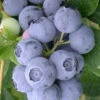

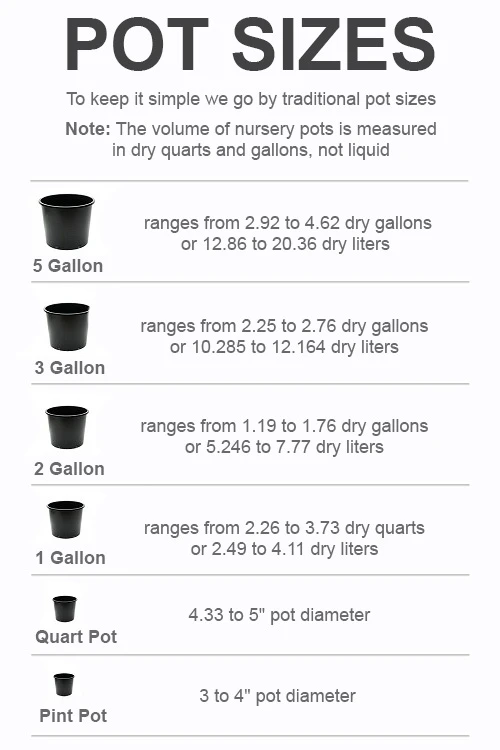
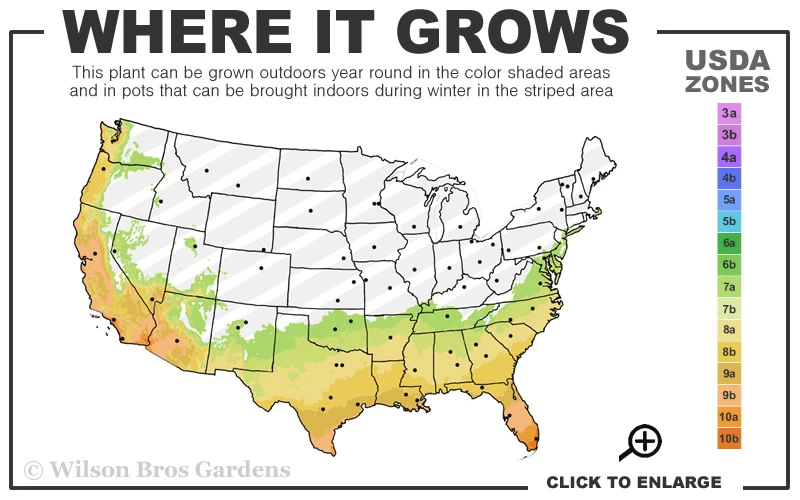


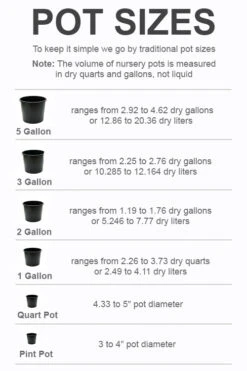
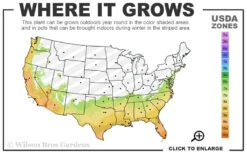
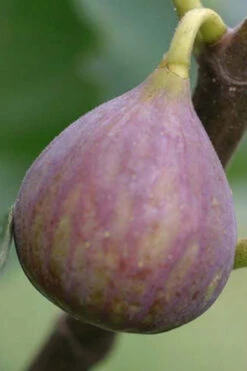

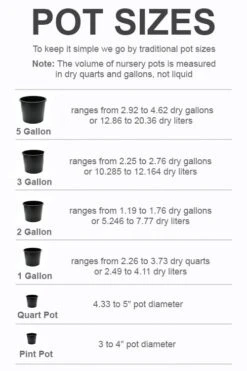
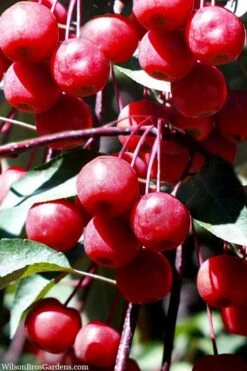


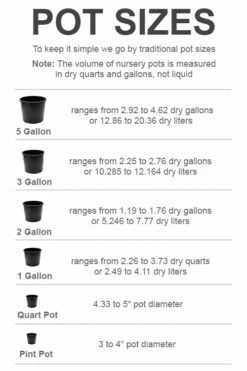
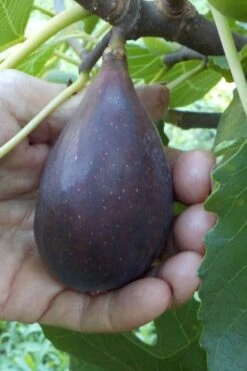
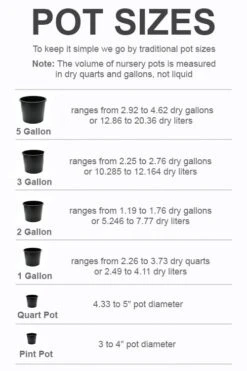

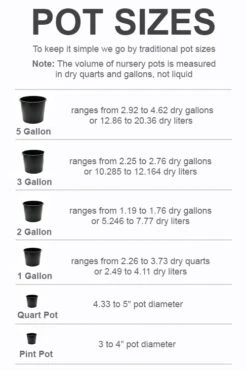

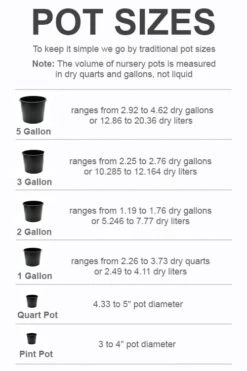


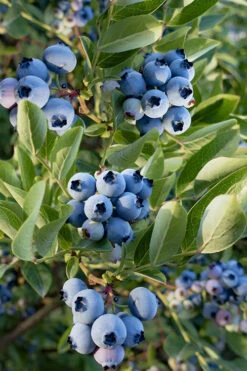
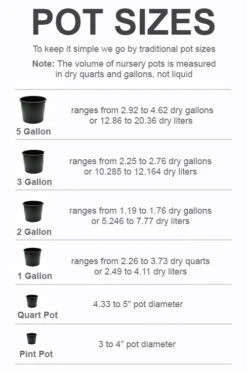
Reviews
There are no reviews yet.